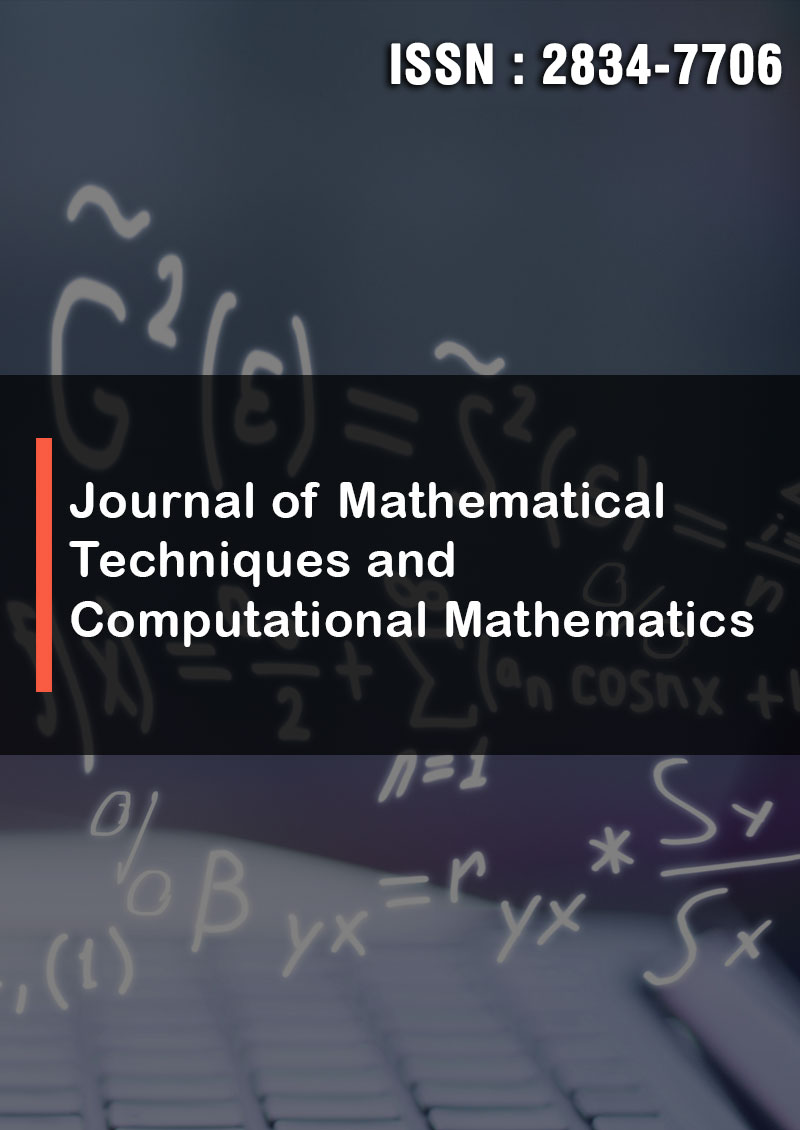Large-Eddy Simulations of Stochastic Burgers Turbulence Using Fully Conservative Higher-Order Schemes
Abstract
Mehran Sharifi
The study of Large-Eddy Simulations (LES) in turbulent flows continues to be a critical area of research, particularly in understanding the behavior of small-scale turbulence structures and their impact on resolved scales. In this study, we focus on the LES of turbulent flows, particularly the one-dimensional Stochastic Burgers Equation (SBE), using fully conservative higher-order schemes. The interaction between spatial discretization and SubGrid-Scale (SGS) modeling is explored rigorously by validating these schemes against analytical solutions for both the Linear Advection-Diffusion (LAD) equation and the Non-Linear Burgers (NLB) equation under laminar conditions. This ensures robustness before applying the approach to LES of stochastic turbulence. The study investigates how second-order and fourth-order discretization schemes influence the dynamic coefficients of various SGS models, including Constant Smagorinsky (CS), Dynamic Smagorinsky (DS), Dynamic Wong-Lilly (DWL), 1.5-order Turbulent Kinetic Energy Deardorff (TKED), Equilibrium Heinz (EH), and Dynamic Heinz (DH) models. The second-order scheme was found to amplify fluctuations in dynamic SGS coefficients due to its higher numerical dissipation, contrasting with the more stable behavior observed with the fourth-order scheme, which better captures resolved scales and results in smaller dynamic coefficients. Despite inherent differences in SGS models and discretization schemes, the final velocity distributions in one-dimensional turbulence simulations were remarkably consistent, suggesting a limited influence of SGS modeling on large-scale structures in simplified turbulence scenarios. However, notable variations in resolved-scale kinetic energy were uncovered, emphasizing the importance of accurately capturing small-scale turbulence structures for precise energy dissipation predictions in LES.



